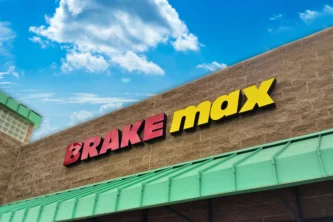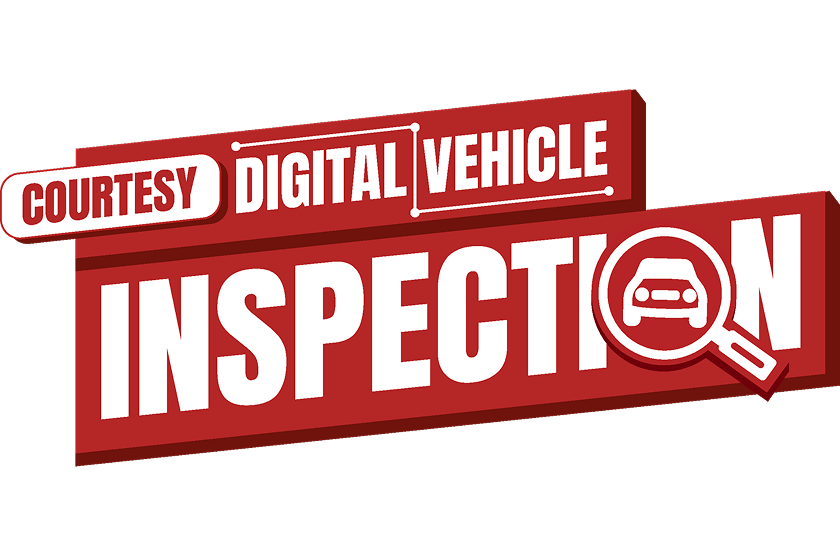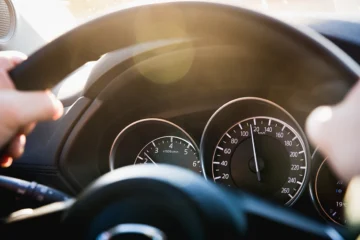Auto Maintenance
$29.99/$39.99
BLEND/FULL SYNTHETIC OIL CHANGES

Offer expires 09/02/25
View DetailsOnline Special · Save $25 when you book online

BRAKEmax restores seamless engine-to-wheel power by rebuilding or replacing worn CV joints, axles, and driveshafts.
Shop service deals, tire savings, and complete auto care offers so you can save more on the services and repairs you need.

From tires to expert repairs, our team is committed to keeping your vehicle running smoothly with personalized care you can count on.
Find a shop
We believe car care should be clear as day. That’s why every visit includes a Courtesy Digital Vehicle Inspection, a 50+ point check of your car’s key systems. From under the hood to around the wheels, our Sun & ASE-certified technicians assess your vehicle’s condition, note what needs attention now and what can wait.
Read reviews from satisfied customers who trust BRAKEmax for reliable car repair, quality auto service, and expert vehicle maintenance.

Unlock exclusive auto service deals! Sign up now to get emails with the latest discounts on oil changes, brake repairs, tire specials & more—designed to save you money and keep your car running smoothly.